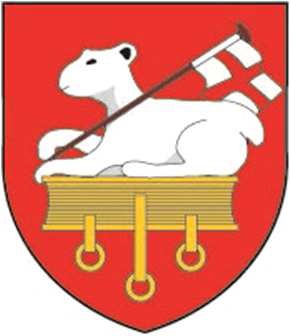Welcome to San Ġwann Local Council
Previous slide
Next slide
The San Gwann suburb is mostly made up of relatively modern buildings. However, the few scattered archeological remains in the region suggest that San Gwann’s ancient history is woven into the national history of Malta.
The oldest human remains in the locality are the cart ruts close to Sant Andrija zone, probably pre dating the Punic Period, about to 2300-1000 BC.
These prehistoric cart ruts suggest that the region may have housed an agricultural community cultivating the then fertile valleys of Wied Ghomor, Wied il-Ballut and Wied Ghollieqa. These prehistoric inhabitants may have lived in nearby natural caves. In Wied Ghomor, there are also a number of megalithic-type stone blocks that may have belonged to a Neolithic structure.
This agricultural community continued with its activities throughout the subsequent centuries. Roman tombs and a covered cistern have been excavated from the region. However, the most renowned period archaeological remain is the “Roman Tower” of Ta’ Cieda. This tower was one of eight defensive towers built throughout Malta around the 3rd century AD. During the Arab period the region was used as a cemetery.
The Arab links to the region can also be seen in the various Semitic names given to various localities as arrested by various medieval notarial documents. The old names given to the region – Tal-Gharghar, and L-Imsierah – are such examples. During the medieval period, the region was apparently inhabited by at least two communities living at Rahal Tigan and Rahal Ger between Tal-Gharghar and Naxxar].
The Gharghar [sive` Arar] region during the Medieval period also apparently housed the parochial church of St. Helena, abandoned during the 14th century, and situated possibly close to the Ta’ Cieda Tower. The cave-chapel of San Leonardo is today known as the Chapel of the Annunciation [Lunziata Chapel].
The coming of the Order of St. John in 1530 and the aftermath of the 1565 Great Siege brought a degree of safety from recurrent Turkish raids which led to an increase in the population. Besides chapels, structures built during the time of the knights included Torri ta’ Lanzun (a protected farm-building [c.1713].
The Gharghar rise became an important outpost for the Maltese troops blockading the French forces within the capital in 1798-1800. The Ta’ Xindi Farmhouse was served as headquarters of Captain Vincenzo Borg (Brared).
The area was little affected by the Second World War, though Torri Lanzun was damaged during enemy action. The locality featured in plans of the British Colonial Office in its overall defence scheme in the eventuality of a possible nuclear attack. The Colonial Office initiated the building of eight underground flour mills in Malta and Gozo. One such mill with a silo is located behind the San Gwann State Primary School.





